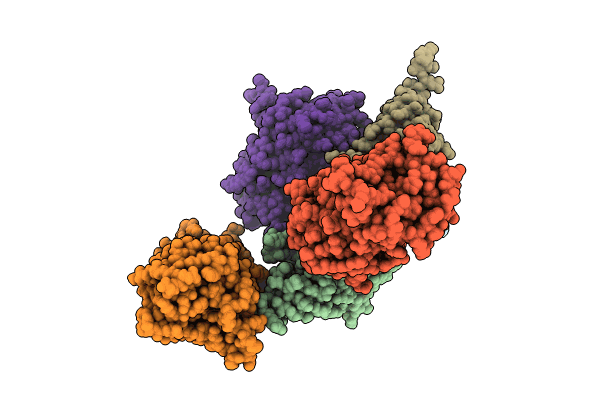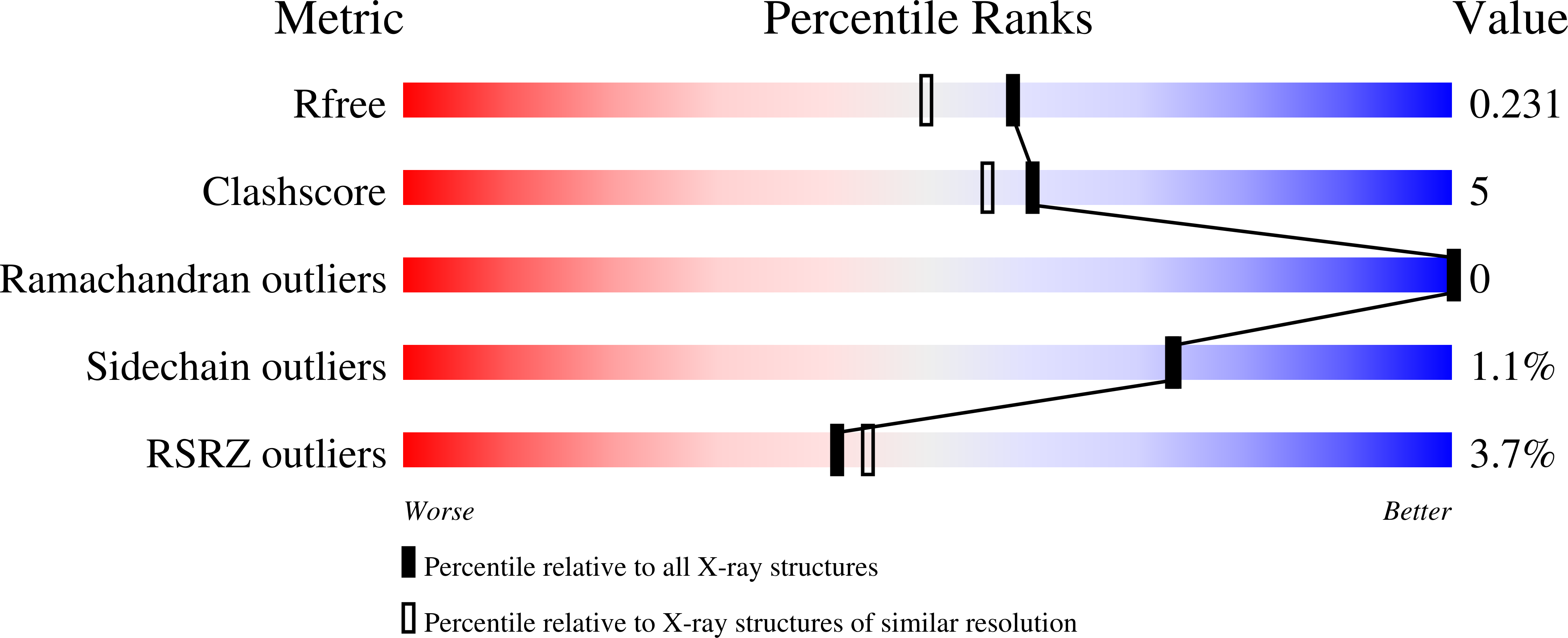
Deposition Date
2023-04-11
Release Date
2024-05-22
Last Version Date
2025-06-04
Entry Detail
Biological Source:
Source Organism:
Lama glama (Taxon ID: 9844)
Aequorea victoria (Taxon ID: 6100)
Aequorea victoria (Taxon ID: 6100)
Host Organism:
Method Details:
Experimental Method:
Resolution:
1.90 Å
R-Value Free:
0.23
R-Value Work:
0.20
R-Value Observed:
0.20
Space Group:
P 2 21 21


